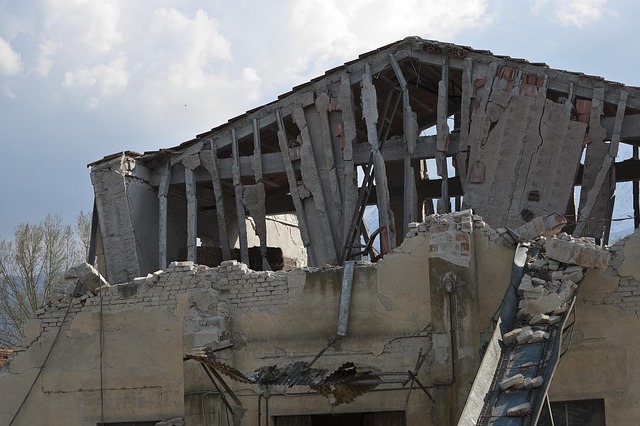After a fire or flood in the Texas Hill Country, a meticulous safety assessment and damage evaluation are crucial for reconstruction. Building professionals must inspect structural integrity, assess water damage to drywall and flooring, prioritize PPE use and hazardous material handling, and address health risks from asbestos or mold through proper disposal and decontamination. This critical phase ensures safe rebuilding practices tailored to the region's unique climate and terrain, focusing on structural reinforcement, specialized drying, and strict protocols for decontamination and material selection.
“In the aftermath of a fire or flood in the Texas Hill Country, efficient and safe reconstruction is paramount. This comprehensive guide navigates the critical steps of disaster reconstruction, focusing on drywall and flooring replacement. From assessing damage and prioritizing safety to removing hazardous materials and choosing durable solutions, we offer insights for long-lasting repairs. Learn how to restore your home, ensuring resilience against future challenges.”
- Assessing Damage and Safety First
- – Understanding the scope of the disaster
- – Ensuring a safe environment for reconstruction
Assessing Damage and Safety First

After a disaster like a fire or flood, the first step in any reconstruction effort is a thorough assessment of the damage and ensuring the safety of the occupants and construction crew. In the Texas Hill Country region, where such events can be frequent, understanding local building codes and regulations is paramount. Professionals should inspect for structural integrity, identifying any compromised walls, floors, or ceilings that may need to be replaced. When it comes to drywall and flooring, assessing water damage is crucial—not only for safety but also to determine the extent of the repairs needed.
Safety measures must be a priority during this phase. This includes using personal protective equipment (PPE) and following proper procedures when handling hazardous materials, such as asbestos or mold-infested materials. In rebuilding efforts, especially after extreme weather events like floods, it’s important to address potential health risks associated with the remains of damaged structures. Proper disposal methods and decontamination practices should be implemented to ensure a safe environment for everyone involved in the reconstruction process.
– Understanding the scope of the disaster

After a disaster like a fire or flood, assessing the damage and understanding the scope of reconstruction is paramount for homeowners in the Texas Hill Country. The initial step involves thoroughly inspecting the affected areas to identify extent of loss, particularly focusing on drywall and flooring—essential components that often bear the brunt of such events. Given the unique challenges posed by the region’s climate and terrain, a thorough evaluation ensures that the rebuilding process is both effective and sustainable.
In cases of severe fires, for instance, charred and discolored drywall may require complete replacement to prevent potential health risks. Similarly, floodwaters can leave behind moisture and mold, necessitating not just floorboarding but also specialized drying and decontamination methods before installing new flooring. This critical phase sets the foundation for a successful reconstruction project, aiming to restore homes to their pre-disaster condition or even enhance them with improved safety and durability features.
– Ensuring a safe environment for reconstruction

After a disaster like a fire or flood, rebuilding efforts in the Texas Hill Country must prioritize creating a safe environment for both residents and workers. This means thoroughly assessing and mitigating potential hazards present in the affected areas. For instance, if a home has been inundated with contaminated water during a flood, proper decontamination procedures are essential before any reconstruction begins to prevent health risks associated with mold and other hazardous materials.
In cases of structural damage from fires, ensuring the stability and safety of the remaining walls and floors is crucial. Drywall and flooring replacement should be done meticulously, following strict protocols to guarantee a secure living space. Proper ventilation and use of non-toxic materials are key considerations during this process, especially in areas prone to extreme weather conditions like the Texas Hill Country.
When rebuilding after a fire or flood in the Texas Hill Country, prioritizing safety and understanding the scope of damage are essential steps. Once these are secured, efficient drywall and flooring replacement become feasible, ensuring your home regains its functionality and comfort. This process is crucial for folks navigating the aftermath of such disasters, fostering a sense of normalcy and a fresh start.
